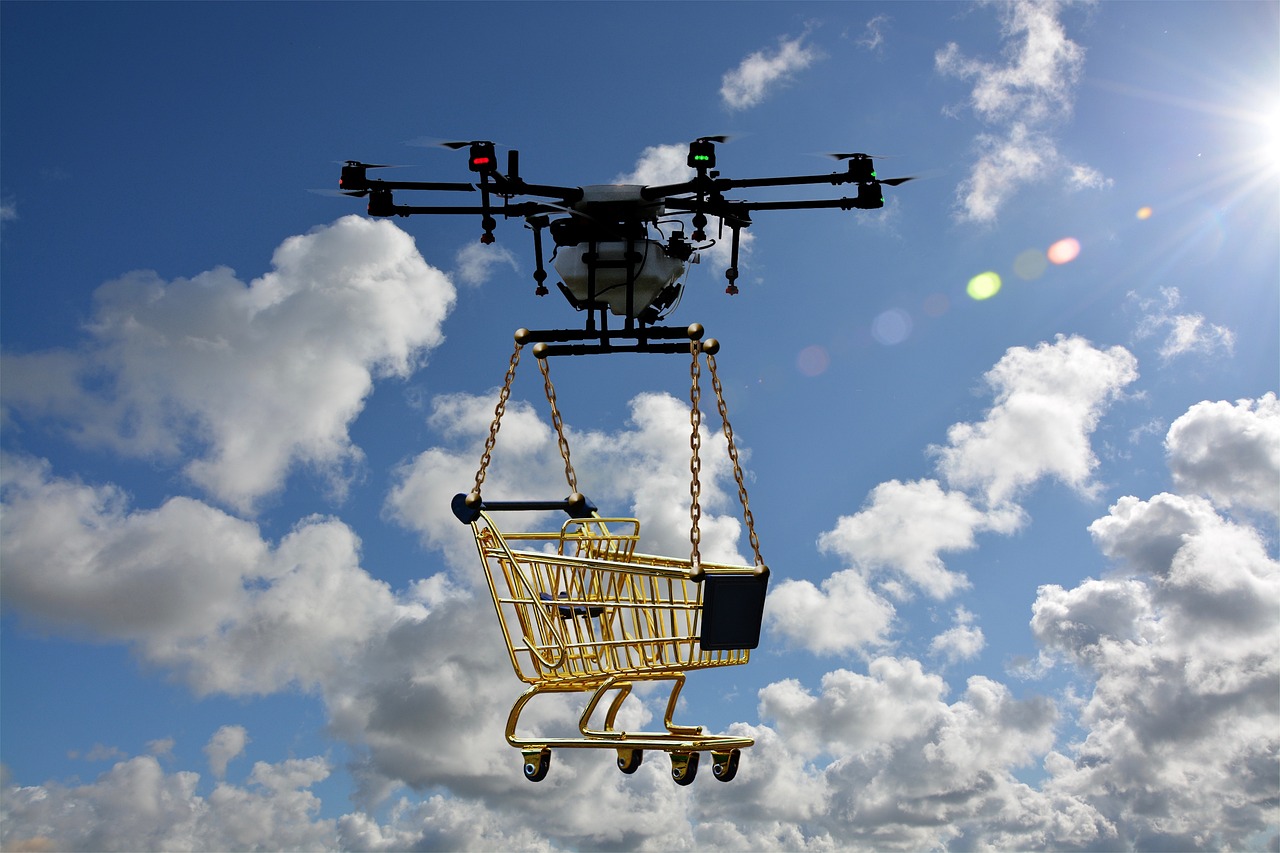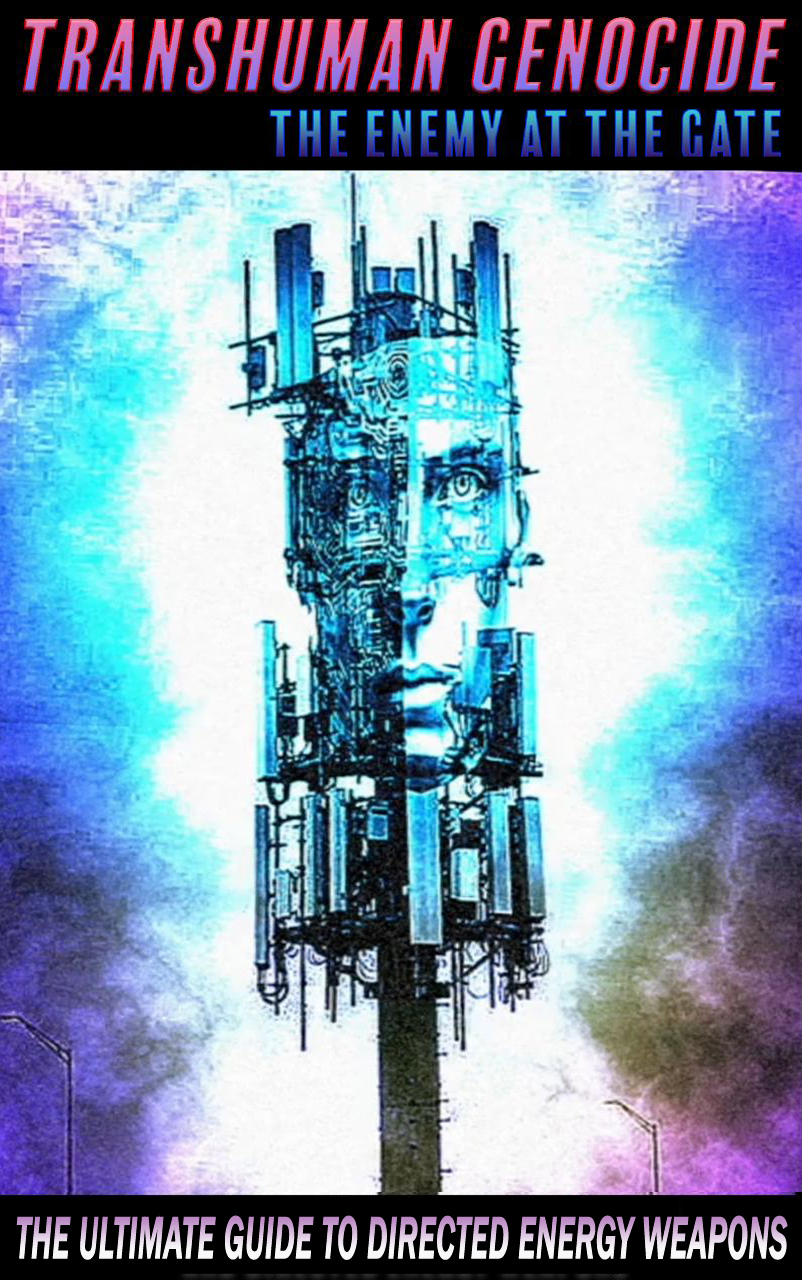The future of warfare is hurtling towards a precipice, with the specter of AI-driven drone warfare looming ominously on the horizon. The mainstream narrative touts the Pentagon’s Replicator initiative as a leap forward in military technology, aiming to deploy autonomous weapons systems at an unprecedented scale within the next two years. However, beneath this glossy veneer lies a sinister reality that threatens to upend the very fabric of humanity.

As the Pentagon races to unleash AI-powered drones onto the battlefield, the risks multiply exponentially. The lack of transparency and accountability in AI-driven warfare, as highlighted by the decision-making processes controlled by algorithms, raises grave concerns. The use of autonomous drones in conflicts like the Russia-Ukraine War serves as a chilling harbinger of the dangers that AI-enabled drone swarms pose to civilian populations. The Pentagon’s cloak of “responsible AI” cannot disguise the looming shadow of ethical and legal dilemmas that this technology brings.
The acceleration of AI integration into warfare is not merely a technological advancement; it is a strategic move towards consolidating power and control. Superintelligent machines controlled by AI could potentially wield the fate of humanity in their circuits. The development of automated battlefield decision-making systems like the Advanced Battlefield Management System and the Joint All-Domain Command-and-Control System raises alarms about the potential for catastrophic consequences, including the inadvertent triggering of nuclear conflict. Despite expert warnings, the Pentagon obstinately pushes forward, allocating significant resources to these perilous endeavors.
Drones, once heralded as a cost-effective solution to modern warfare, have now evolved into the harbingers of a new era of conflict. The shift towards drone warfare, as witnessed in recent geopolitical flashpoints, is reshaping the dynamics of military engagements. The ability of drones to operate in swarms and complement crewed aircraft has rendered traditional fighter jets obsolete. This transformation not only alters the calculus of warfare but also underscores the insidious entanglement of AI in the machinery of global conflict.
Tech visionary Elon Musk’s prophetic warnings about the domination of warfare by artificial intelligence and drones echo like a clarion call. His emphasis on accelerating domestic drone production underscores the urgency of the situation. Musk’s insights into defense strategies, coupled with SpaceX’s pivotal role in global military operations through the Starlink satellite network, illuminate the intricate web of power and control shaping the future of warfare. As countries grapple with the imperative to adapt to the realities of AI-driven conflict, Musk’s stark reminder that preparing for past wars is a folly in the face of future threats reverberates with chilling truth.
The intent behind the relentless pursuit of AI-driven warfare is clear: to establish dominion over the very essence of conflict and power. The means employed, from autonomous weapons systems to automated decision-making processes, lay bare the machinations of control and manipulation at play. The opportunity seized by military powers to reshape the landscape of warfare through AI integration reveals a calculated agenda to transcend the limitations of human agency and usher in a new epoch of dominance.
In the grand tapestry of history, the trajectory of warfare has been marred by cycles of innovation and destruction. The convergence of AI and drones heralds a new chapter in this saga, one fraught with peril and uncertainty. As we stand on the precipice of a future shaped by autonomous machines and algorithmic warfare, the stakes have never been higher. The destinies of nations hang in the balance, caught in the crosshairs of technological advancement and the insatiable thirst for power. The question that looms large is not merely about the future of warfare but the very essence of humanity itself.

